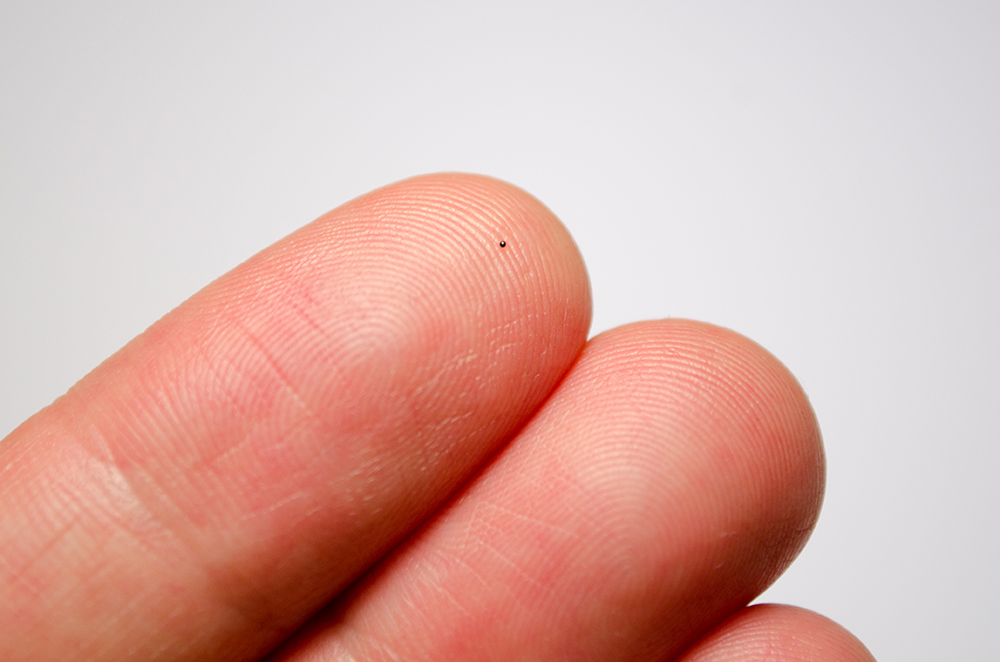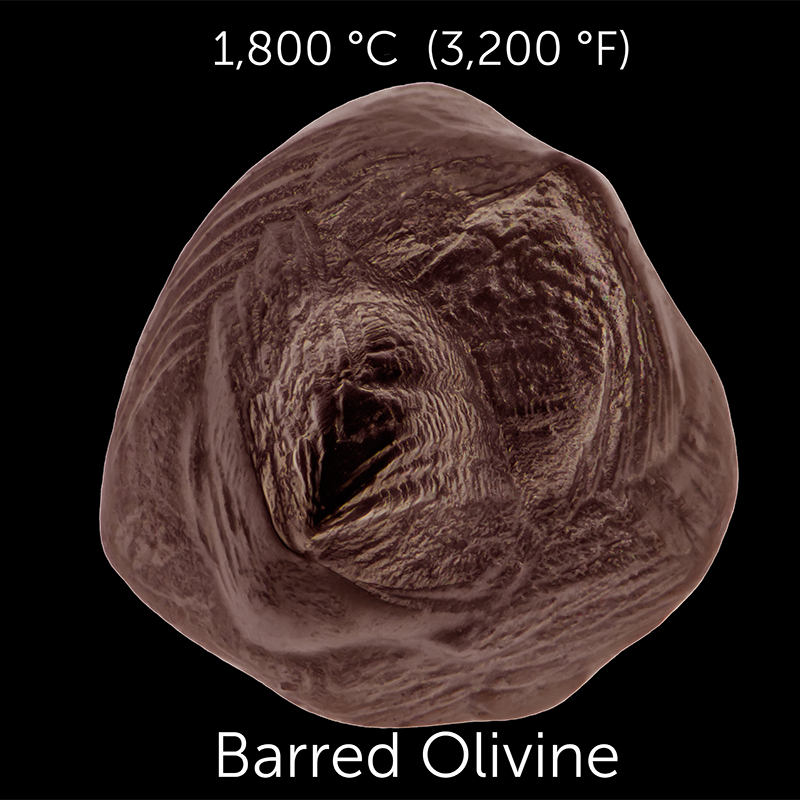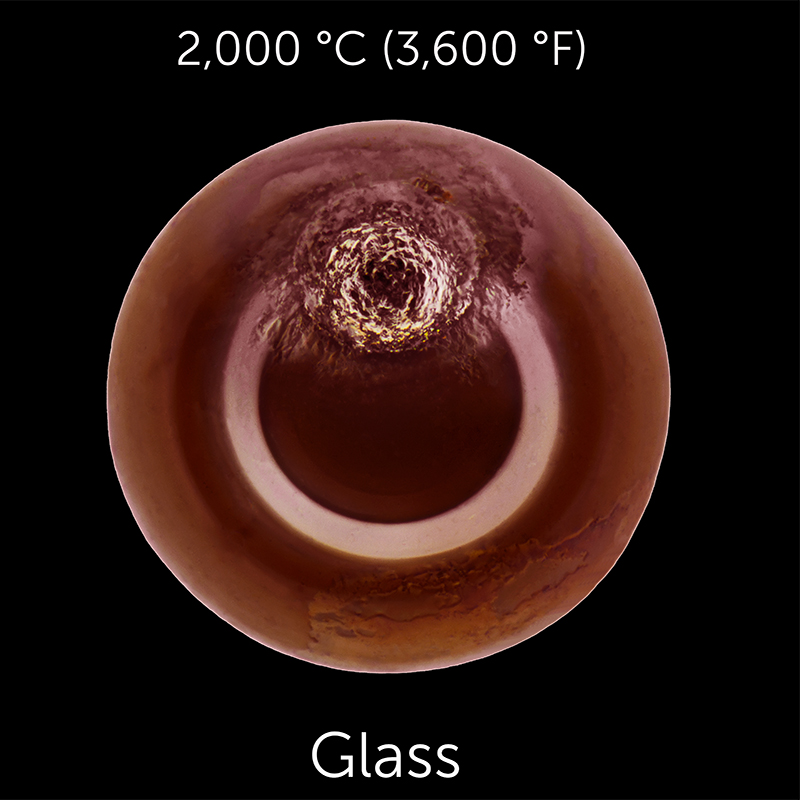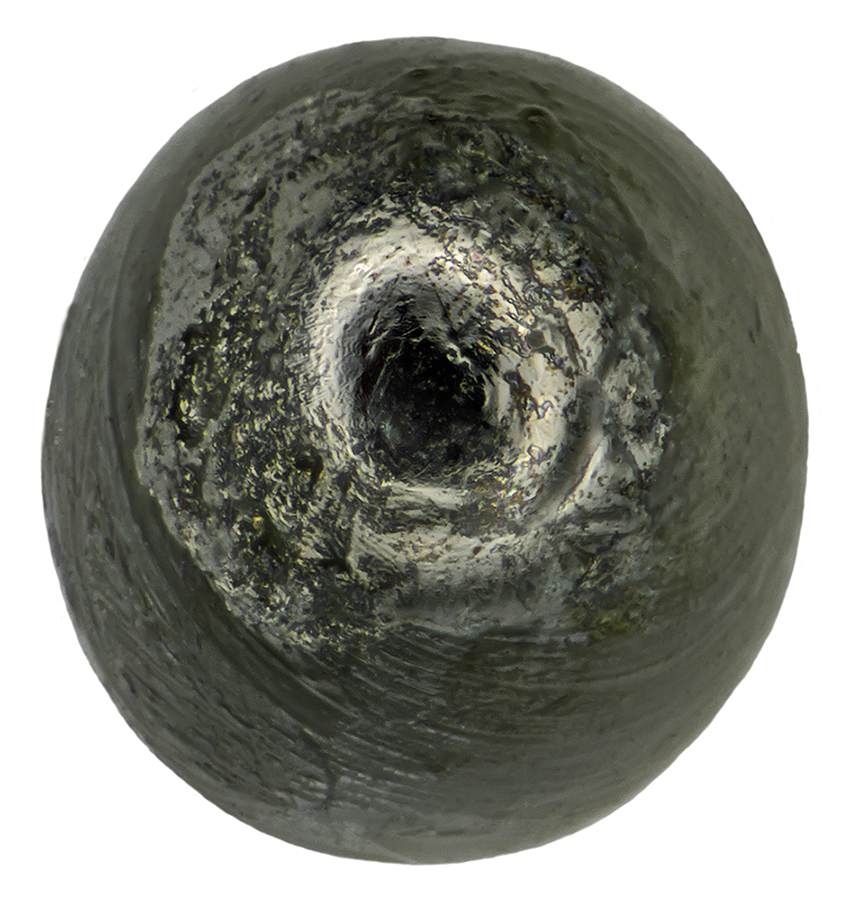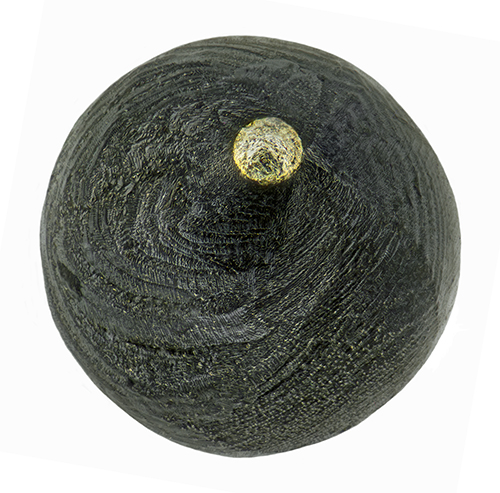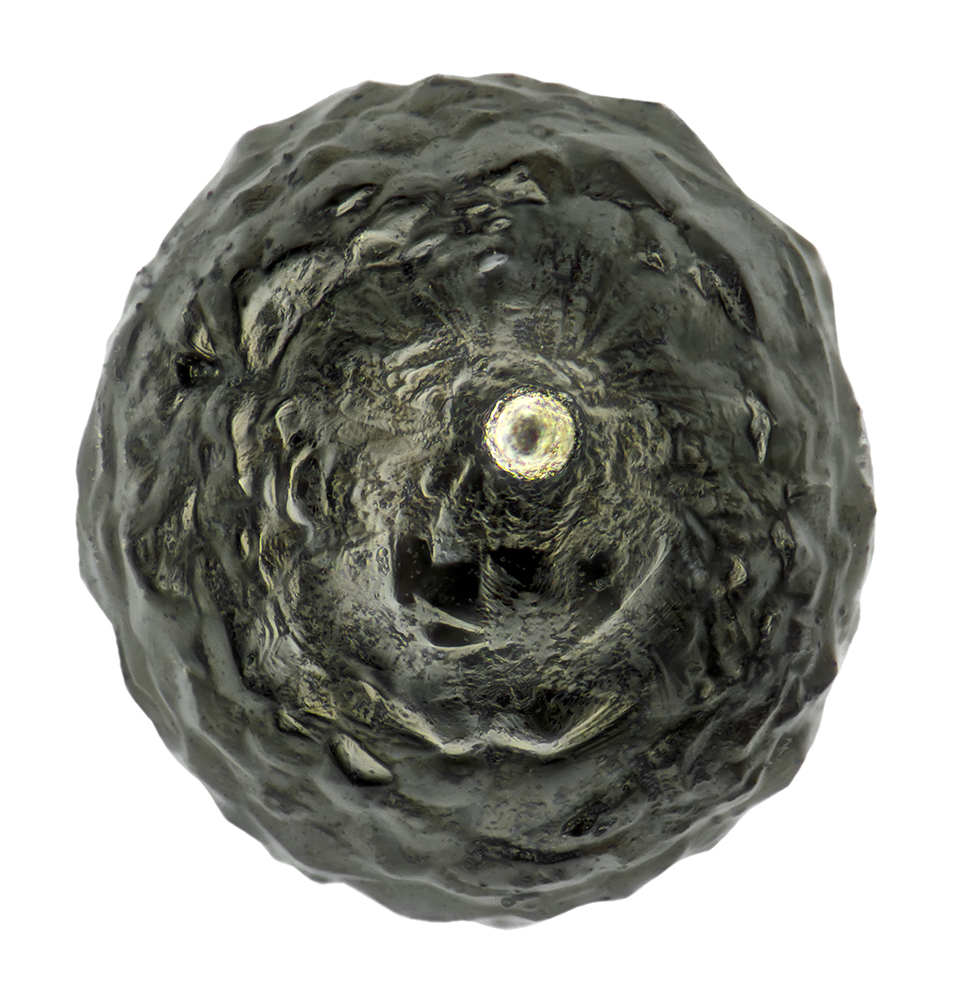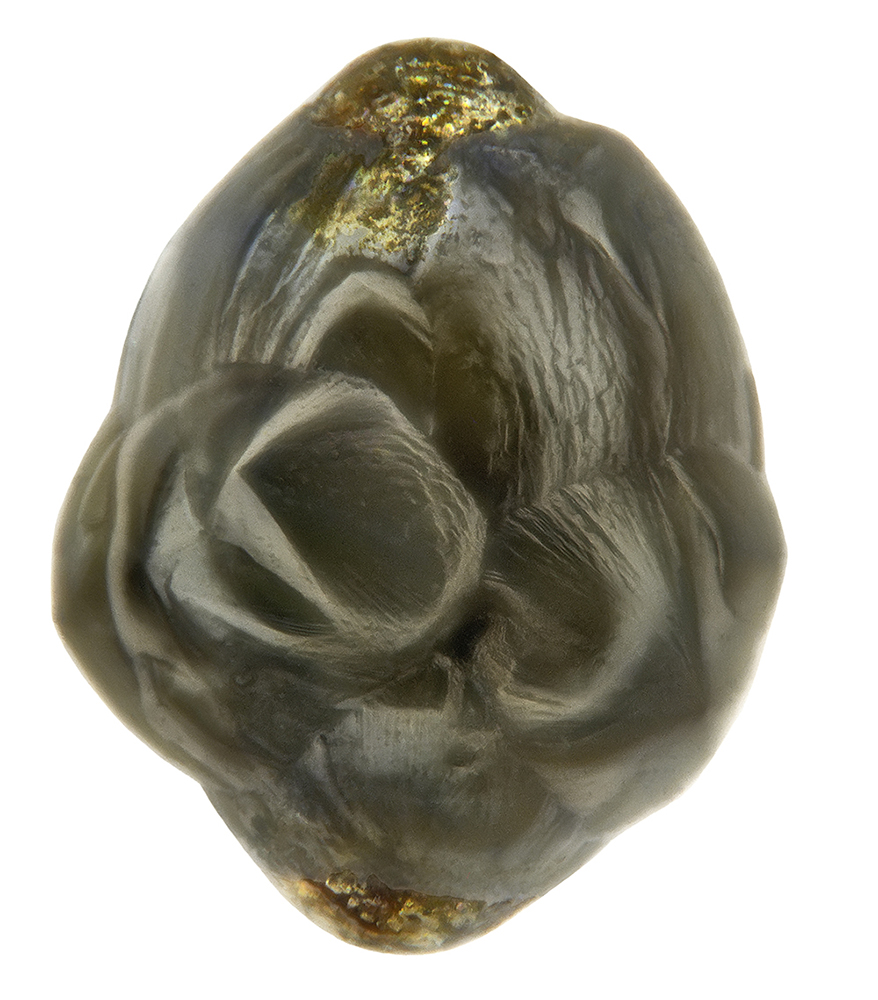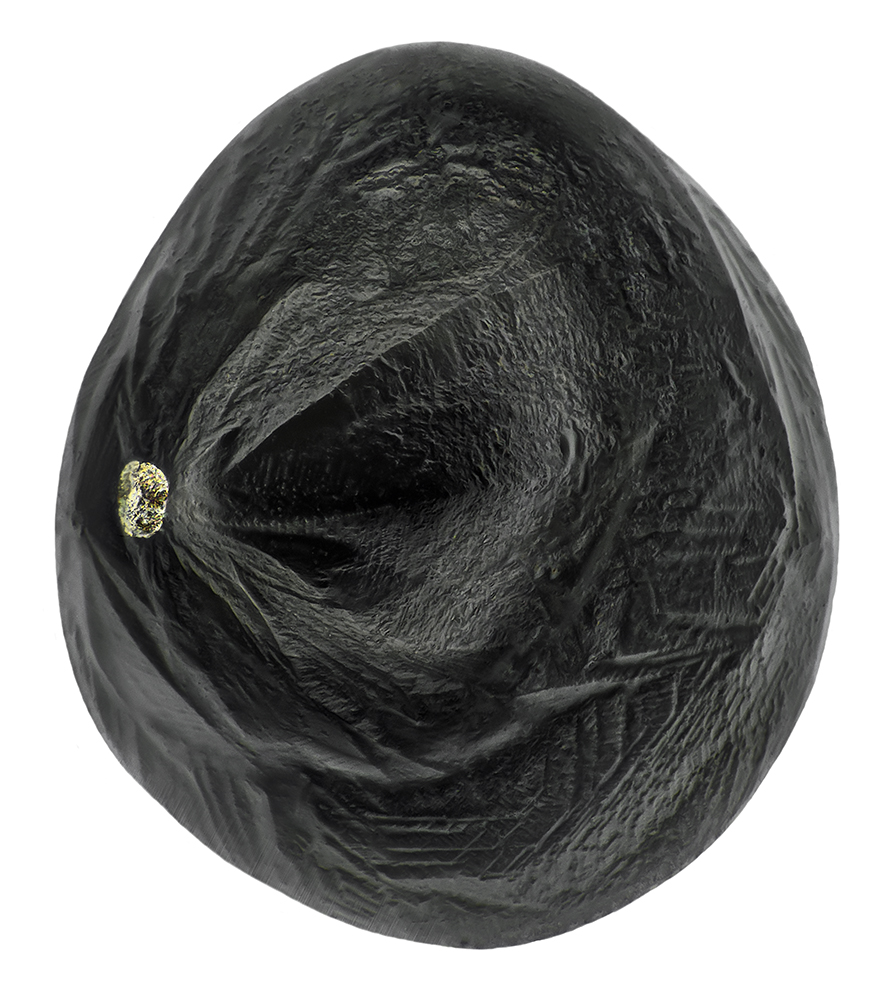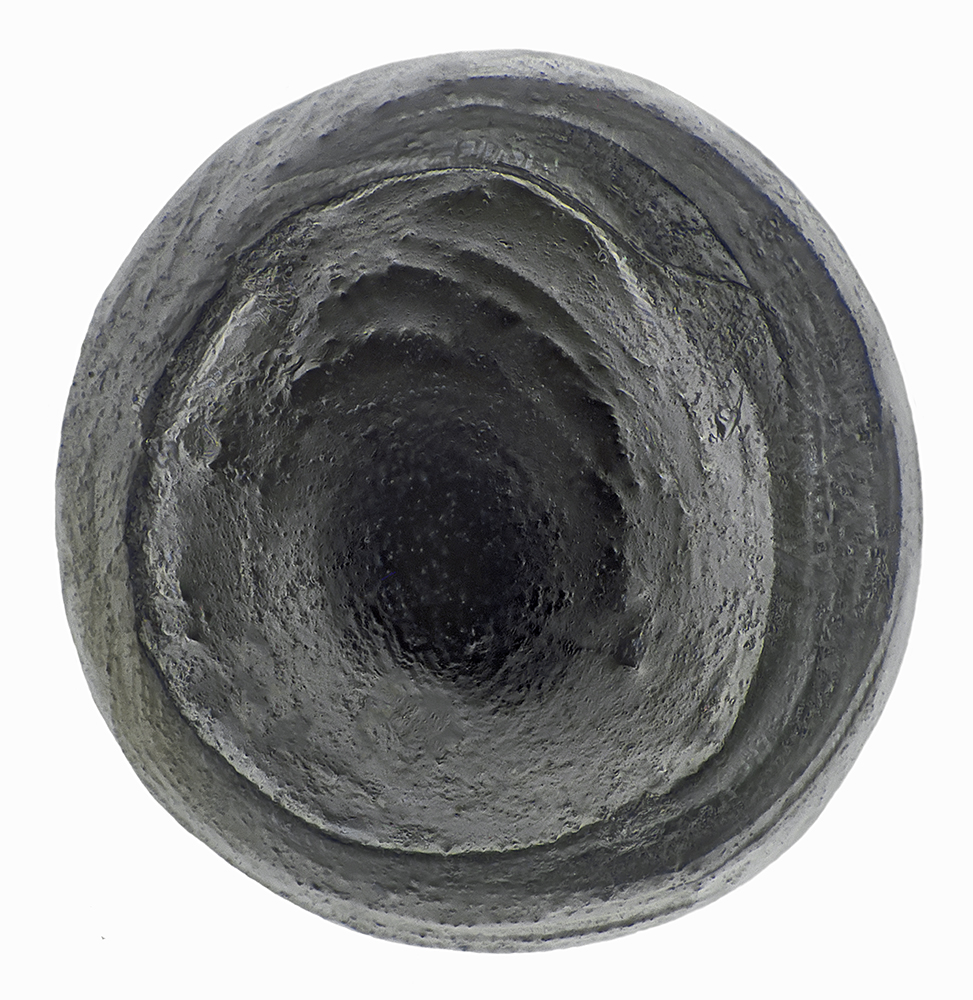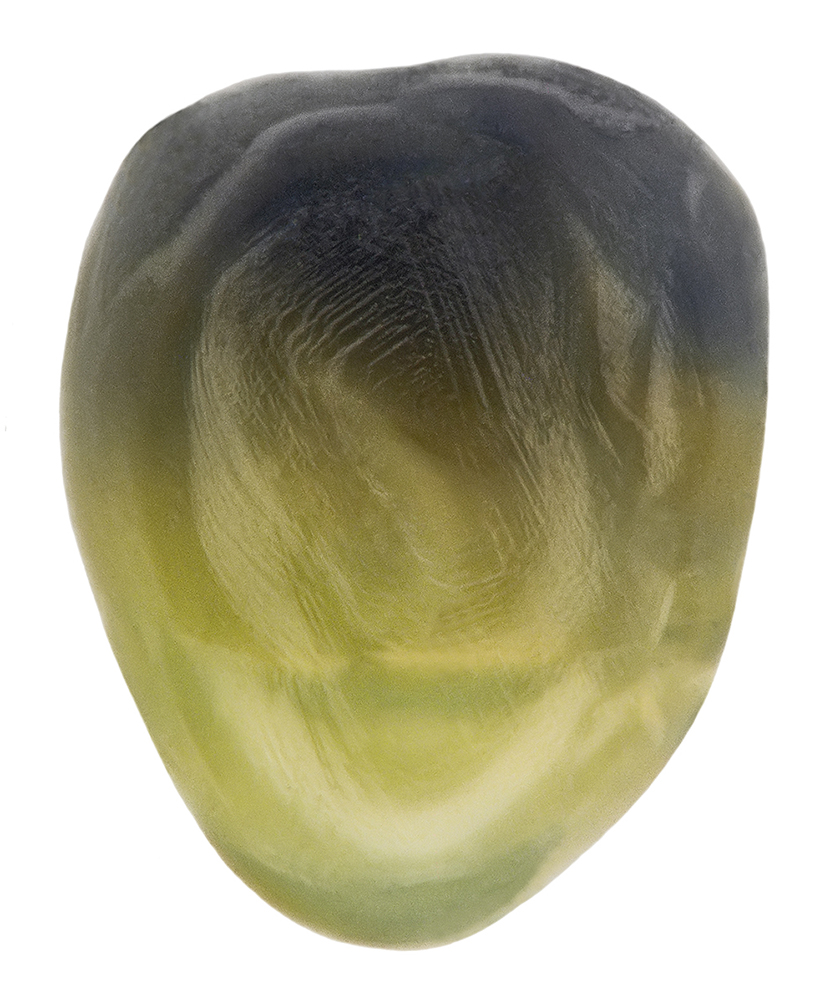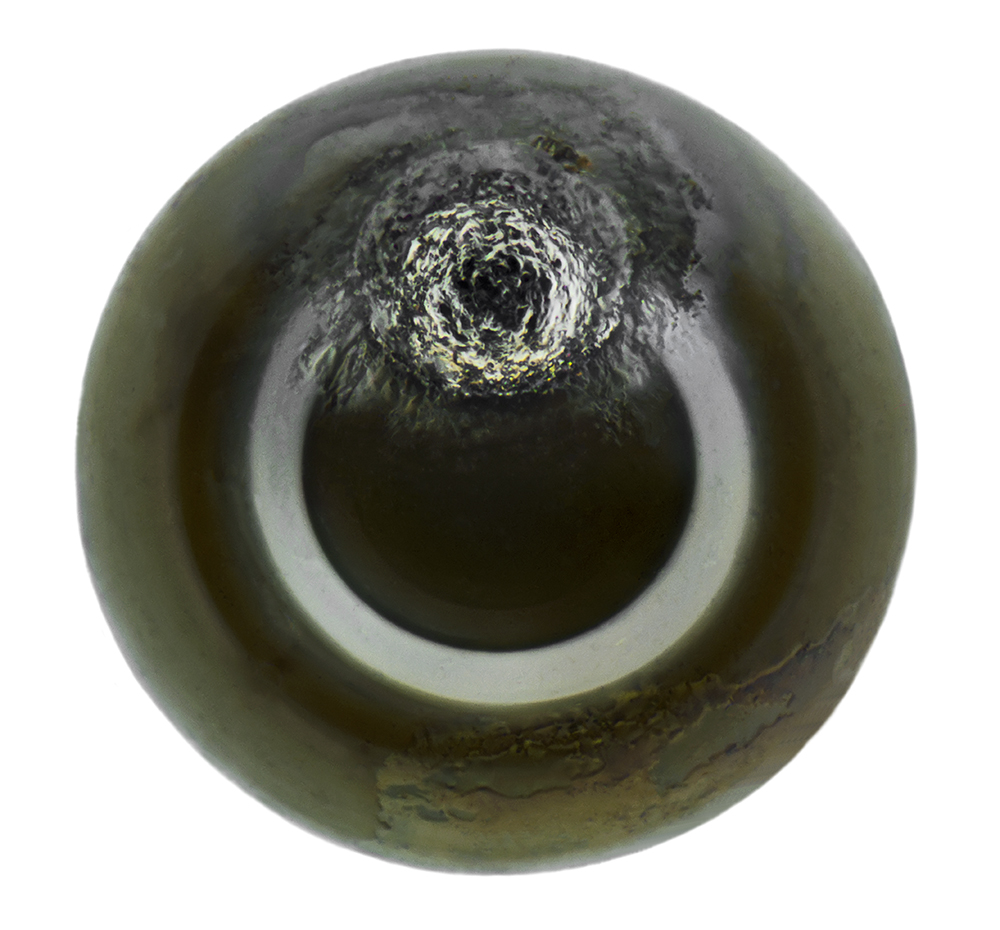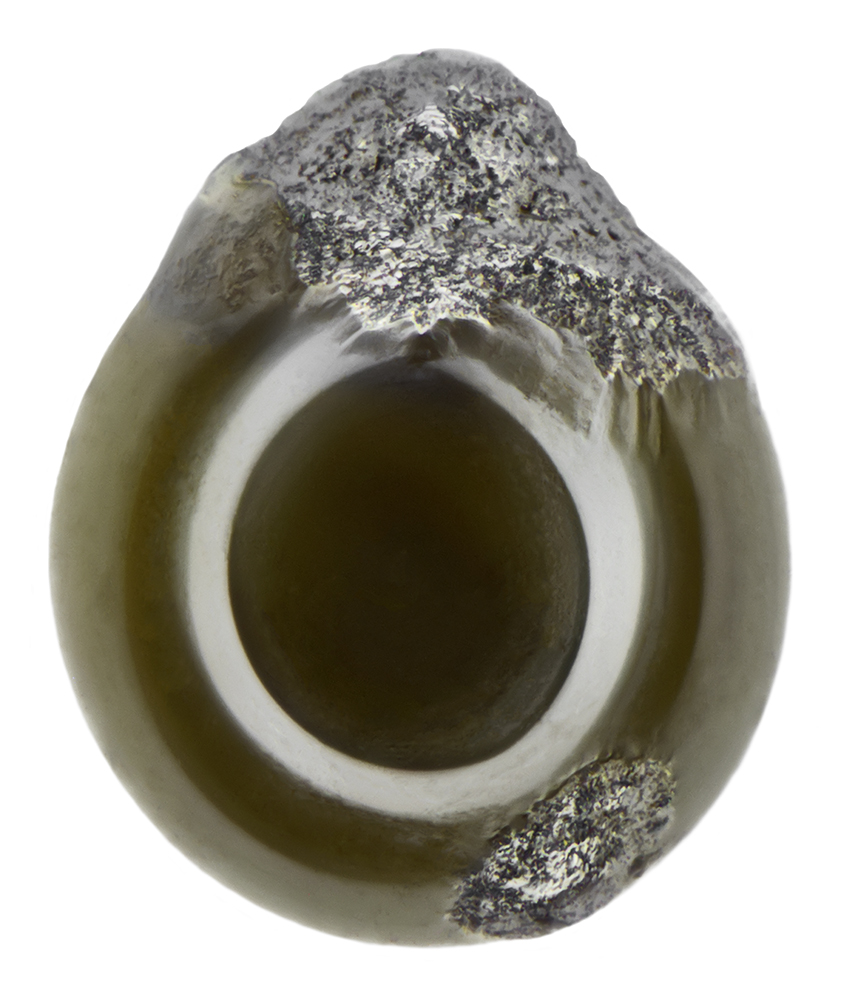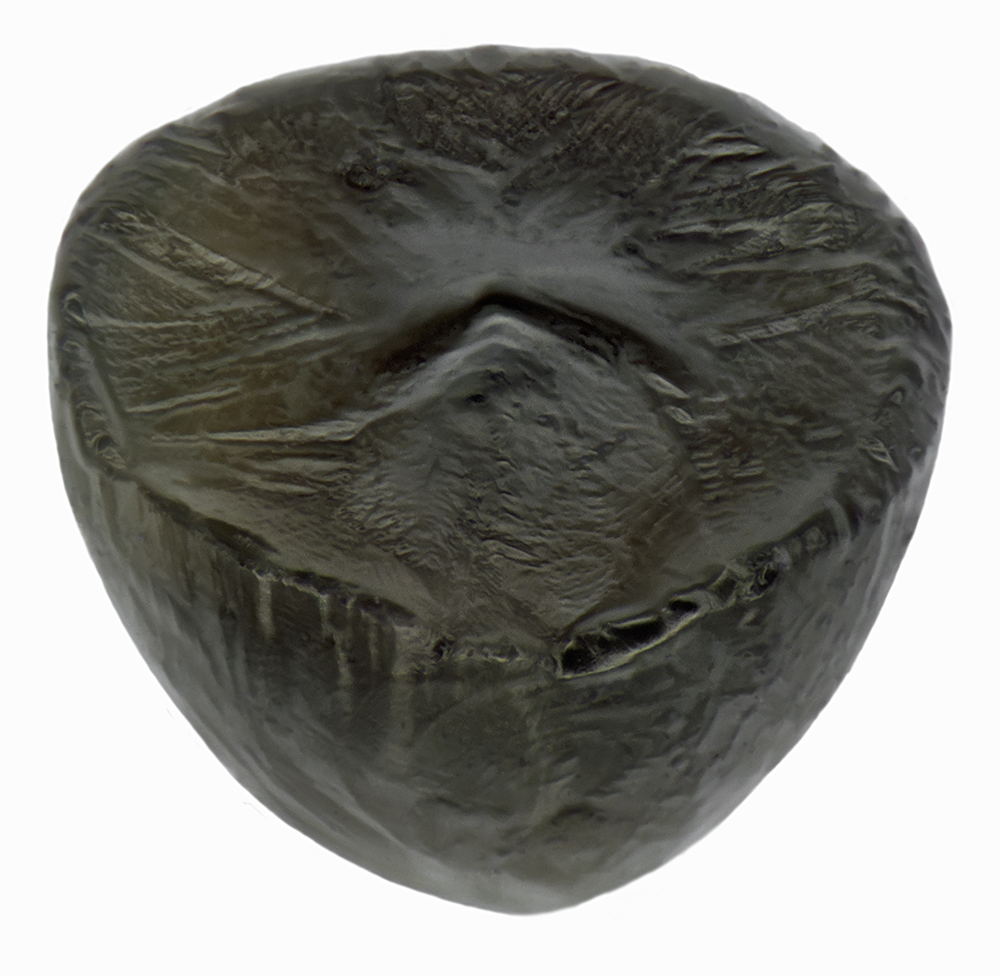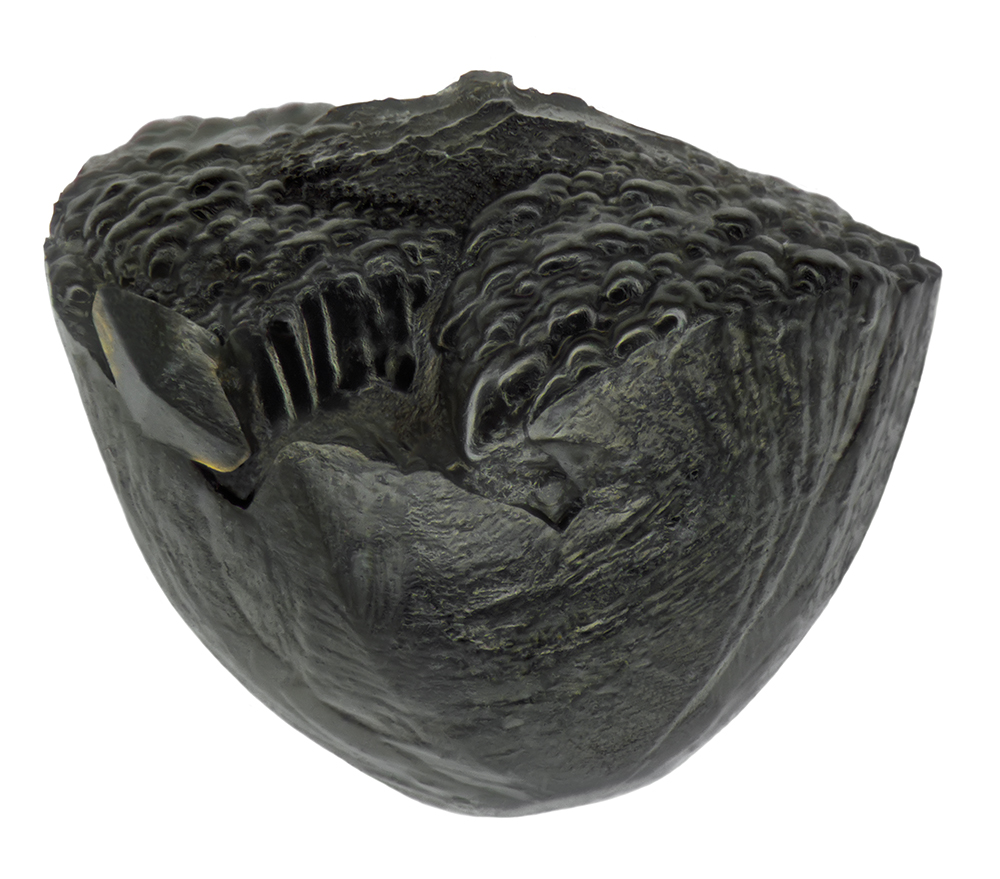
City Stardust: Micrometeorites in Our Own Backyards
Published06/09/2020
Micrometeorites are some of the oldest matter that exists. Until recently, scientists searched for them only in remote places, such as the Antarctic, where pristine conditions ensured that these mineral specks really came from space. Experts assumed that it would be impossible to find micrometeorites in inhabited areas, where natural and human-made debris would complicate the search.
An international group of community scientists are learning how to identify micrometeorites in cities and close to home. Minnesotan Scott Peterson shares his finds.
The Bell Museum thanks Scott Peterson, father, veteran, engineering student, and community scientist, as well as these fellow travelers:
For review, research, and imagery, Anette von der Handt, Electron Microprobe Lab, University of Minnesota; John Larsen, Project Stardust; Jan Braly Kihle, Institute for Energy Technology; Martin Suttle, Earth Sciences, University of Pisa
For supporting research, Matthew Genge, Earth Science & Engineering, Imperial College London; Susan Taylor, Cold Regions Research and Engineering Laboratory
For graphic design, Joe O’Leary / Veto Design
Mighty Micrometeorites
Micrometeorites are tiny specks from outer space, part of an estimated 60 tons of cosmic dust that falls to Earth every day. In space, they fly at speeds as fast as 72 kilometers per second (or 160,000 miles per hour).
Micrometeorites land on Earth at a rate of about 30,000 tons per year. Most measure no more than a millimeter across and weigh less than a gram (or 0.04 inches and 0.04 ounces). They are tiny, but they are all around us.
Classifying Cosmic Dust
Micrometeorites enter Earth’s atmosphere at very high heats, and their journeys change their appearance and chemical makeup. Their new textures and shapes depend on the speed, angle, and rotation of their travel. By finding many, many micrometeorites, most of them recent and unweathered, urban micrometeorite hunters have helped build a micrometeorite classification system, or typology.
Micrometeorites range from very rare Unmelted types, which enter the atmosphere at 1350°C (2400°F), through Scoriaceous, Porphyritic, Barred Olivine, and Cryptocrystalline types. Glass micrometeorites sit at the far end of the scale, forming at 2000°C (3600°F).

Examine these images in more detail below:
Barred Olivine Micrometeorites
These are common finds. They have a fine texture and signature “Christmas tree” patterns of magnetite crystals.
Clockwise from top left: SPMM 111, The Rec Center, St. Louis Park, Minnesota, May 2018; SPMM 3, North Hennepin Community College, Brooklyn Park, Minnesota, Sept 2017; SPMM 34 and SPMM 22, Hamel, Minnesota, Dec 2017. Found by Scott Peterson. Photos by Jan Braly Kihle / Jon Larsen.
Shaped on Entry
The friction of entering the atmosphere melts and heats micrometeoroids. The surface tension of their liquified elements pulls most into a spherical shape. But those that spin on entry are drawn out, or elongated.
Some micrometeorites have a distinctive iron-nickel bead, formed as the particle travels through the atmosphere. As it melts, heavier elements condense in its center. As travel slows and the particle cools, these elements continue to move forward due to the momentum of their heavier mass.
Cryptocrystalline Micrometeorites
The second most common find, these spheres sometimes have rounded or pointy shapes, so they are called “turtlebacks.”
Clockwise from top left: SPMM 2, North Hennepin Community College, Brooklyn Park, Minnesota, Sept 2017; SPMM 329, Augsburg University, Minneapolis, Minnesota, July 2018; SPMM 165 from above and SPMM 165 from below, showing glass formed by higher heat at bottom, Eau Claire, Wisconsin, May 2018. Found by Scott Peterson. Photos by Jan Braly Kihle / Jon Larsen.
Meteor, Meteoroid, Meteorite
The word “meteor” refers to the flash of light that appears in the sky when a chunk of interplanetary debris burns up as it passes through Earth’s atmosphere. Those chunks are called meteoroids. Most meteoroids entering Earth’s atmosphere are so small that they vaporize and never reach the planet’s surface. Parts of a meteoroid that survive the trip to land on Earth are called meteorites. They can range from millimeters to a kilometer across.
Micrometeorites were very small in space—they did not break off larger meteorites on entry. Most are around .2 millimeters (or 0.008 inches).
Beauties and Mysteries
Urban micrometeorite hunters use powerful magnets when they search. They pick up glass spheres when they are magnetic, with metal beads. Glass-only spheres are non-magnetic and are left behind.
Even in the one-of-a-kind world of micrometeorites, there are rare beauties. Those with odd shapes may have held a bead or bubble that split the sphere in half during flight, or they may have experienced unusual orientation and air resistance.
Top row: Glass Micrometeorites
Traveling at high heat, the sphere on the right endured more spin than the one on the left, as shown by the metal beads on its ends. Left to right: SPMM 358, Augsburg University, Minneapolis, Minnesota, July 2018; SPMM 145, New Hope, Minnesota, May 2018. Photos by Jan Braly Kihle / Jon Larsen.
Bottom row: Mystery Micrometeorites
Research will ask why these rare finds seem to be broken in half. Left to right: SPMM 117, The Rec Center, St Louis Park, Minnesota, May 2018; SPMM 265, Minneapolis, Minnesota, June 2018. Found by Scott Peterson. Photos by Jan Braly Kihle / Jon Larsen.
Element Mapping
Micrometeorites change as they enter Earth’s atmosphere. Great friction and high temperatures cause them to melt. Their elements differentiate and then recrystallize. Microscopic analysis helps researchers understand the chemical makeup of micrometeorites and explains their surface appearance, or morphology.
One method, element mapping, shows what elements are present and how they are distributed. In wavelength-dispersive X-ray spectroscopy (WDS), images are made from a polished slice, or section, of a sample. Each element generates a different, characteristic X-ray due to its number of electrons. High concentrations of an element appear as warm colors (like red), low concentrations as cold colors (like blue).
Cryptocrystalline Micrometeorite, SPMM 191
A set of section images reveal this sphere’s chemical makeup.

Clockwise from bottom right: Black and white backscatter electron microscope image (BSE); secondary electron image (SEI); X-ray maps showing concentrations of Magnesium (Mg), Oxygen (O), Calcium (Ca), and Iron (Fe). Found by Scott Peterson. Imaging by Anette von der Handt, University of Minnesota Electron Microprobe Lab.
The Search
Urban micrometeorite hunters often search on roofs, roads, and parking lots, places where particles accumulate and then gather near gutters and drains.
Flat roofs are especially rewarding sites. They hold fewer contaminants than the ground. Their recent age allows easy dating of finds to the past 50 years. And new finds have not weathered like older micrometeorites, making classification—and identifying new features or types—easier.

Scott Peterson collecting possible micrometeorites from the Bell’s rooftop.
Learn more about micrometeorite hunting from Scott Peterson!



